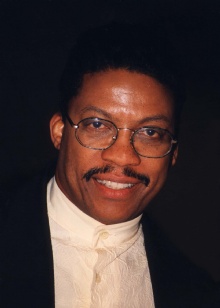"You can practice to learn a technique, but I'm more interested in conceiving of something in the moment"
About this Quote
Herbie Hancock’s words reflect a philosophy that values spontaneous creativity over rehearsed proficiency. While acknowledging the importance of practice and the mastery of technique, crucial foundations for any artist, he places higher importance on the act of creation that is rooted in the present moment. For Hancock, technique serves as a tool, not the destination. The difference he draws is between polishing a skill to repeat what has already been achieved and reaching for something new in the flux of real-time expression.
In jazz, Hancock’s primary musical language, improvisation forms the heart of the art. Practicing scales, chord changes, and runs gives a musician the vocabulary needed, but it is the act of inventing music on the spot, responding to the audience, to fellow musicians, to the atmosphere, that breathes life into performance. Conceiving something in the moment, as Hancock suggests, allows music to become a living conversation rather than a static display of learned gestures.
This approach implies vulnerability and risk. Unlike executing something rehearsed, improvisation means stepping into the unknown, trusting experience, intuition, and the depth of one’s preparation to shape what comes next. Such a process often leads to discoveries, surprises, and moments of true innovation. Hancock hints that when creativity is prioritized over technical repetition, artistry moves beyond the constraints of routine and enters a space where authenticity and originality can flourish.
Practicing technique remains necessary, providing confidence and a foundation from which to leap into the present. Yet, for Hancock, the greatest reward is not found in replicating skills but in harnessing them to intuitively transform ideas and emotions into something new. Creativity, present-moment awareness, and the courage to explore become the hallmarks of a meaningful artistic journey, echoing through each improvised note.
About the Author
